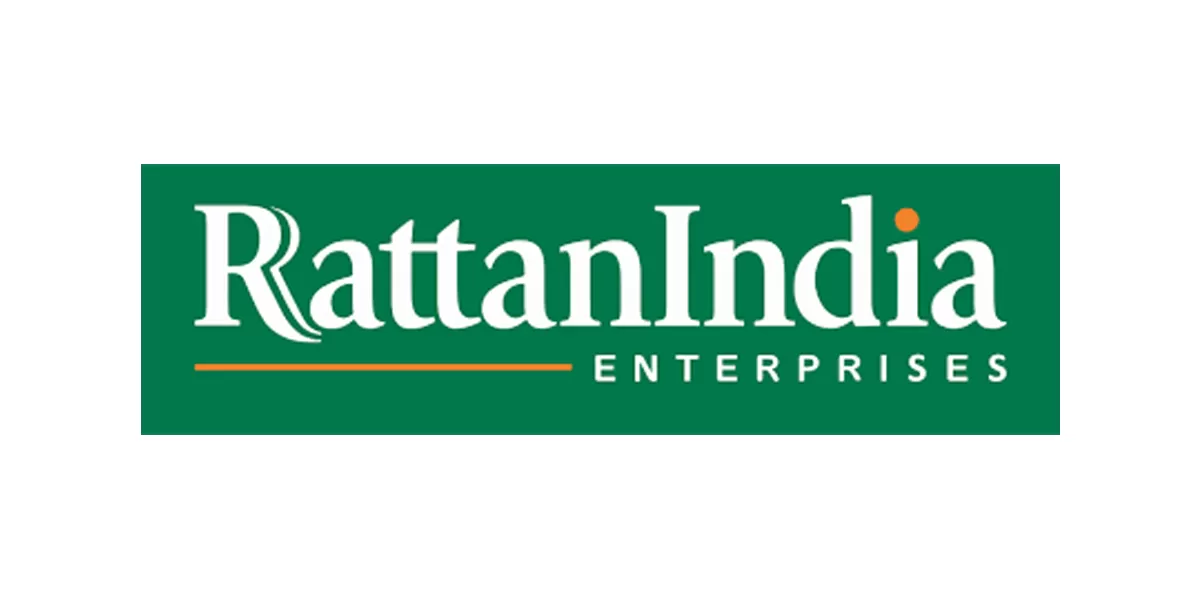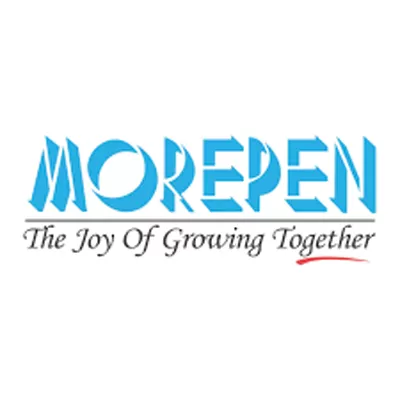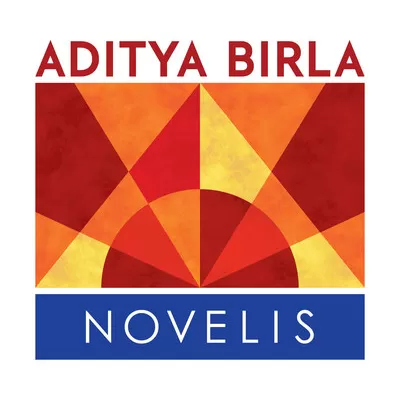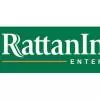- Alakesh Roy, Managing Director, Zamil Steel India
With metal skins, the possibilities are indeed infinite! They can be used as roof and wall panels, interior roof and wall liners, partition panels, soffit panels, and so much more. In this direction, Zamil Steel offers a variety of profiles, base metals, metal substrates and coatings for its panels. Alakesh Roy, Managing Director, Zamil Steel India, shares more in conversation with SERAPHINA D'SOUZA.
How do you view the current market for pre-engineered buildings (PEBs), especially in the roofing industry?
Over the past six months, there has been a positive mood for PEBs. Clients have not just been taking quotes and technical information but projects are getting completed, which is a good sign for the long term. Customers are also seeing growth in demand, which is good for the economy. The roofing industry will slowly see the replacement of conventional materials such as base mud, asbestos and other forms of roofing with steel sheets, because steel roofs last longer. A PEB roof costs around Rs 300-500 per sq m, depending on the thickness and finish. But at the end of the life-cycle, a steel roof single sheet will be cheaper because it has resale value. That value is always 35-40 per cent of the value of the steel. However, steel in roofing is currently not widely adopted owing to lack of awareness.
Tell us about your products and offerings for roof and wall panels.
We have four high rib roof panels, whereas our competitors offer three high rib. This makes our roofing system structurally more rigid because it is gripped with four screws instead of three. Also, to avoid the leakages during rains and considering other factors, we are doing high rib screwing of roofs to ensure there are no holes. Further, our non-screwed down system, the maxim roof, is a joint-less roofing system. We have done buildings in India for up to 83 M long panels, which is a single panel. And we are further folding it to avoid any potential leakage of the screw-down system. In the past three years, we have launched a new wall panel, in which all the screws are made to look invisible within two high beams.
How is state-of-the-art engineering and manufacturing software and machinery utilised in designing and manufacturing the company's products?
We have our own in-house software, which are equal to or better than many manufacturing companies in the market. We also have our in-house software AFSAD and in-house talent for the STAAD 2D and 3D models. So, we give a rendered view of the building to the customer. For manufacturing, we have 3D modelling software like Tekla and Revit, which help integrate other services like HVAC, electrical, plumbing, etc. So, there is zero customisation happening at site when the building is erected. For machinery, we are slowly moving from a manual environment to a computer-generated one (CNC machine). We make use of the CNC profiling and drilling machine, which ensures zero error on the field in terms of fitments.
Keeping in mind the Make in India mission, do you have any plans to expand further? We have one big manufacturing plant in Pune, which is the central part of consumption in India, and have already expanded our existing facility further last year. Also, we have been allowed to declare our products under 'Manufactured at Our Plant' or 'Manufactured in India' for export. Further, we are diversifying into turnkey solutions and contributing to defence segment as part of the Make in India programme.
How much do exports contribute to your overall business?
Last year, exports would have been around 10 per cent. This year in January, they were almost 50 per cent. For the year, our export business will be around 20-25 per cent of our net business. Opportunities exist in nearby countries like Sri Lanka and Bangladesh, and eastern and some parts of southern Africa. We have augmented our facilities to container loading and packing.
How does your R&D teamwork towards product innovation and how much is invested in R&D annually?
We have our teams of Product Research and Development (PRD) and Engineering Research and Development (ERD) that we have named separately. Within the PRD group, it is the actual engineering that goes into the product, such as substitution with alternative lighter materials, thereby adding value. If you look at our product offerings now compared to four years ago, there is a lot that is engineered out of the plant, thereby reducing the activity on site while erecting the structure. About 2 per cent of the total global turnover is set aside for PRD and ERD activities; we have a team in Chennai to support this activity.
How do you see PEBs becoming a popular choice for roofing and in which segments?
The industrial segment will always be No. 1 in adopting steel. As awareness of steel grows, everything will grow. The lowest amount of steel is used in the commercial and retail segment, which is now changing. The industry is adapting to PEBs because the physical attributes of concrete are limiting RCC construction. So, where a concrete structure gives 10.7 m bay steel gives almost 24 m bay. This eliminates columns in a structure and allows more floor area ratio (FAR). We are also leveraging our engineering expertise to increase our conventional bay of 19-20 m to offer 24-30 m bay as a standard offering. While Grade 350 is the regular standard bale for steel, we are now moving to Grades 450 and 550, thus adding value that steel can contribute to the construction industry.
What are the challenges you face? In addition, going forward, how do you see the market evolving?
There are too many players with no orientation in engineering, which is lending a bad name to the PEB industry as a whole. There are good manufacturers and bad manufacturers in every segment; the PEB industry is also going through this phase. But over a period of time, it will settle and move forward. Another concern is that the fund flow cycle has become difficult, because raw materials suppliers may not give credit and customers will not pay in credit. This gap is actually pulling down good players in the market and preventing the industry from growing to its fullest potential.


















